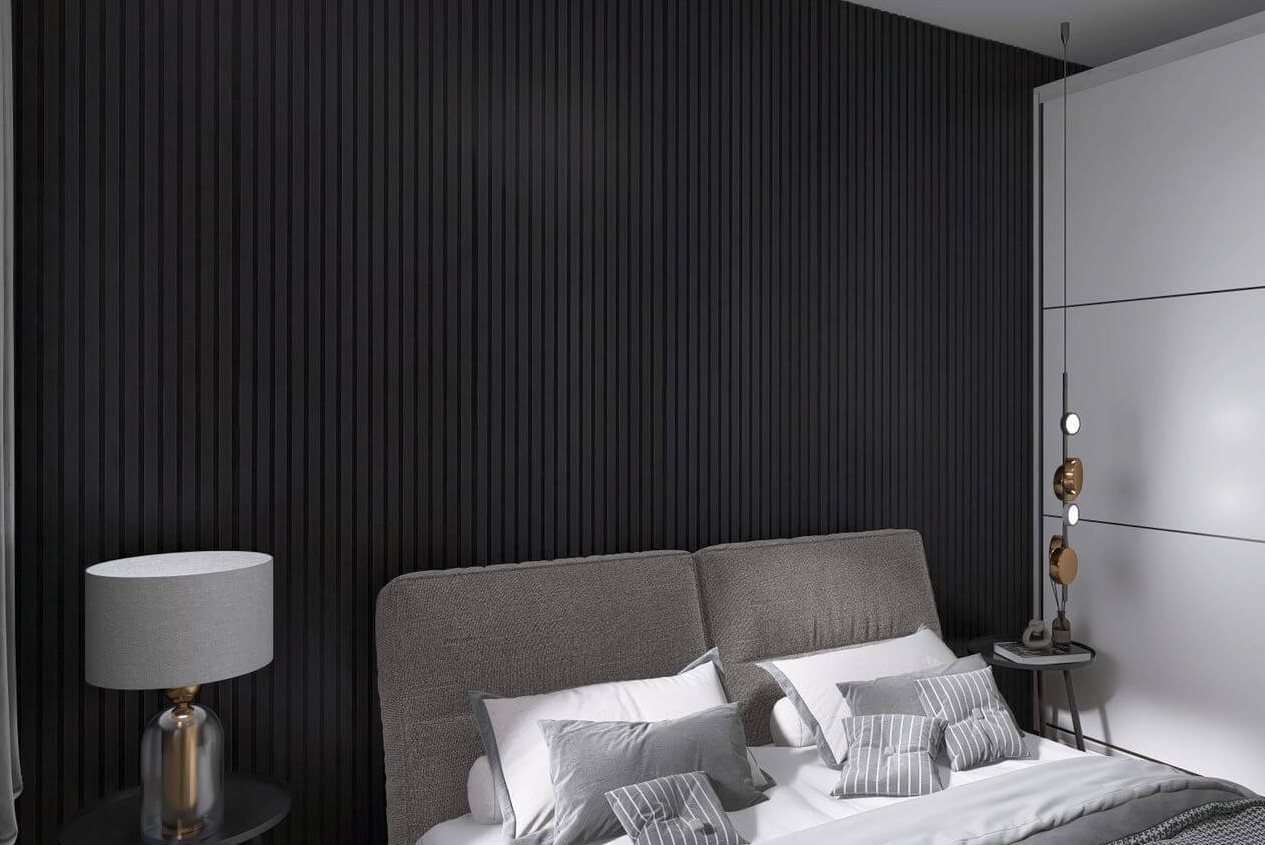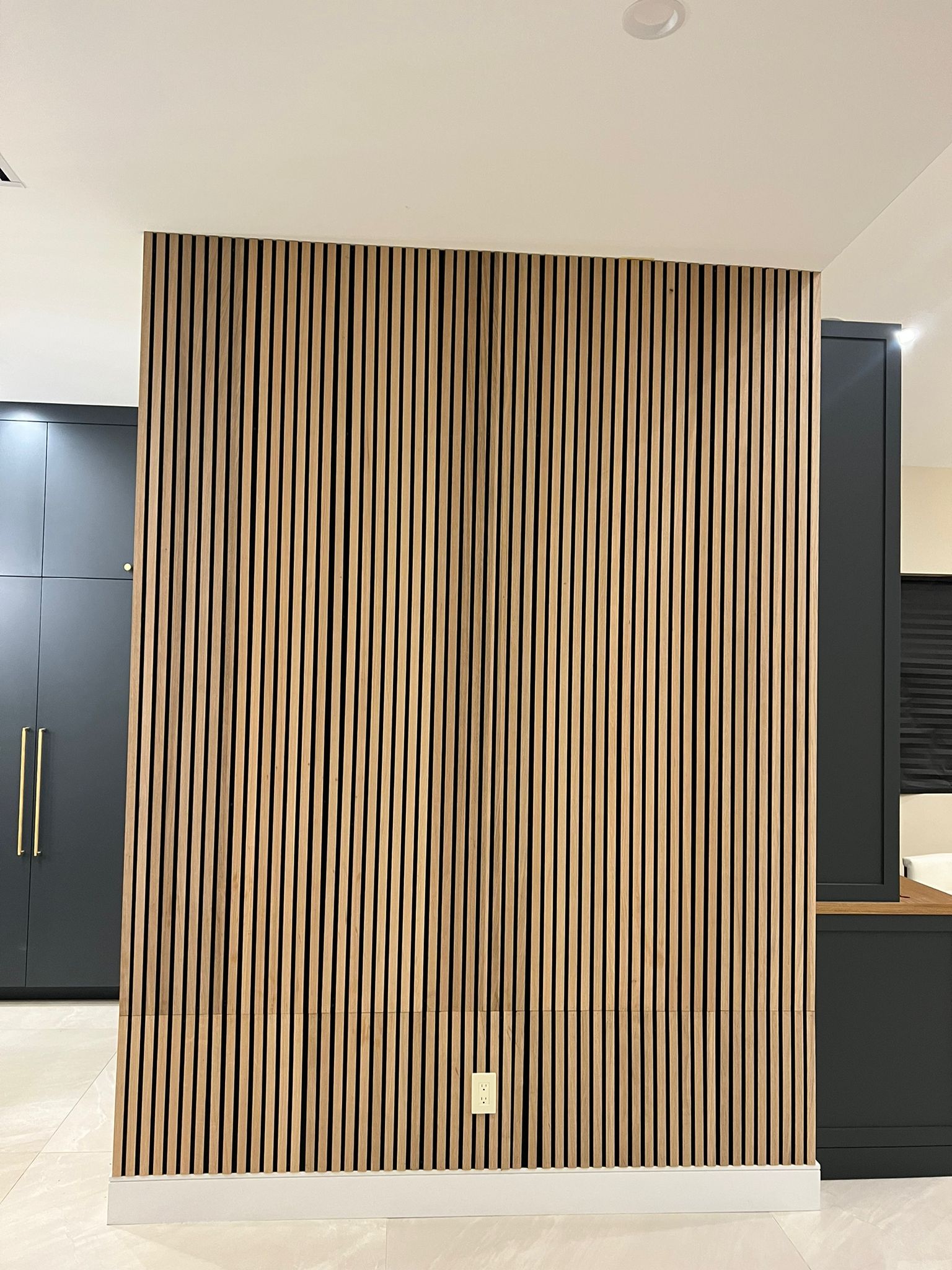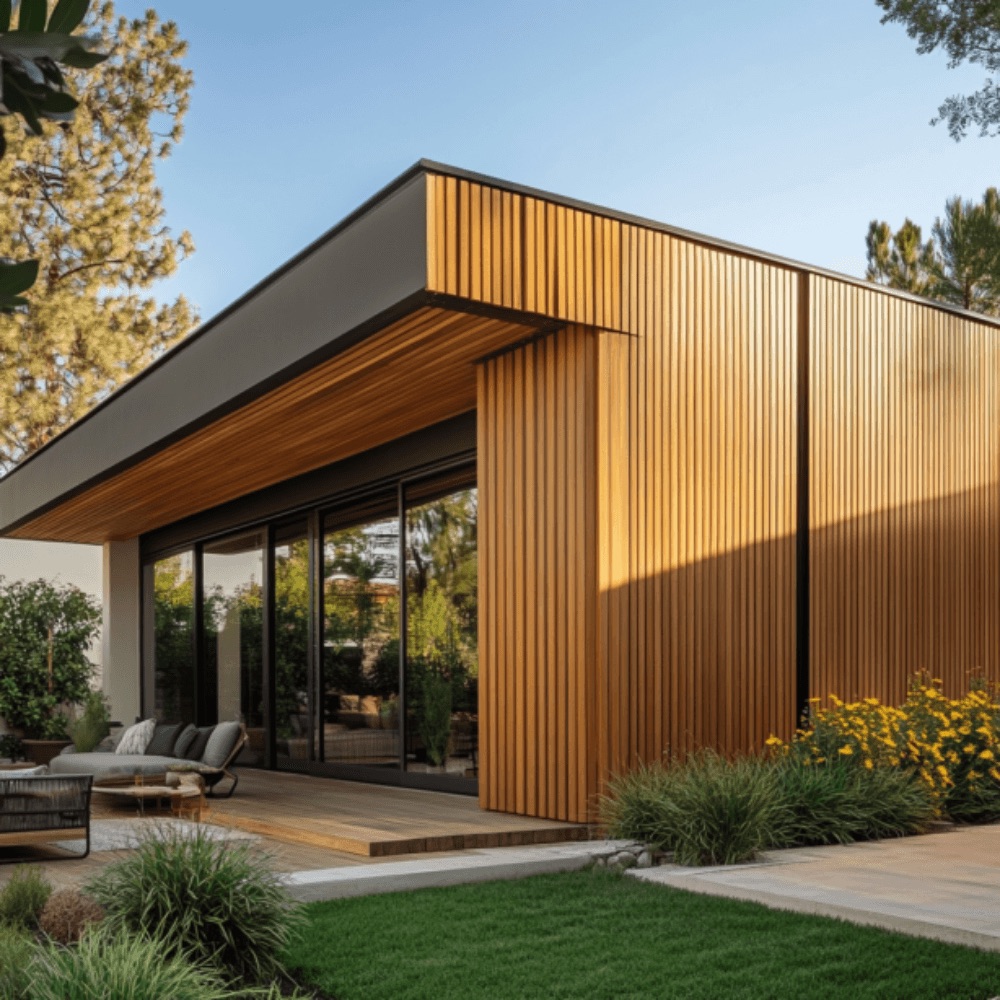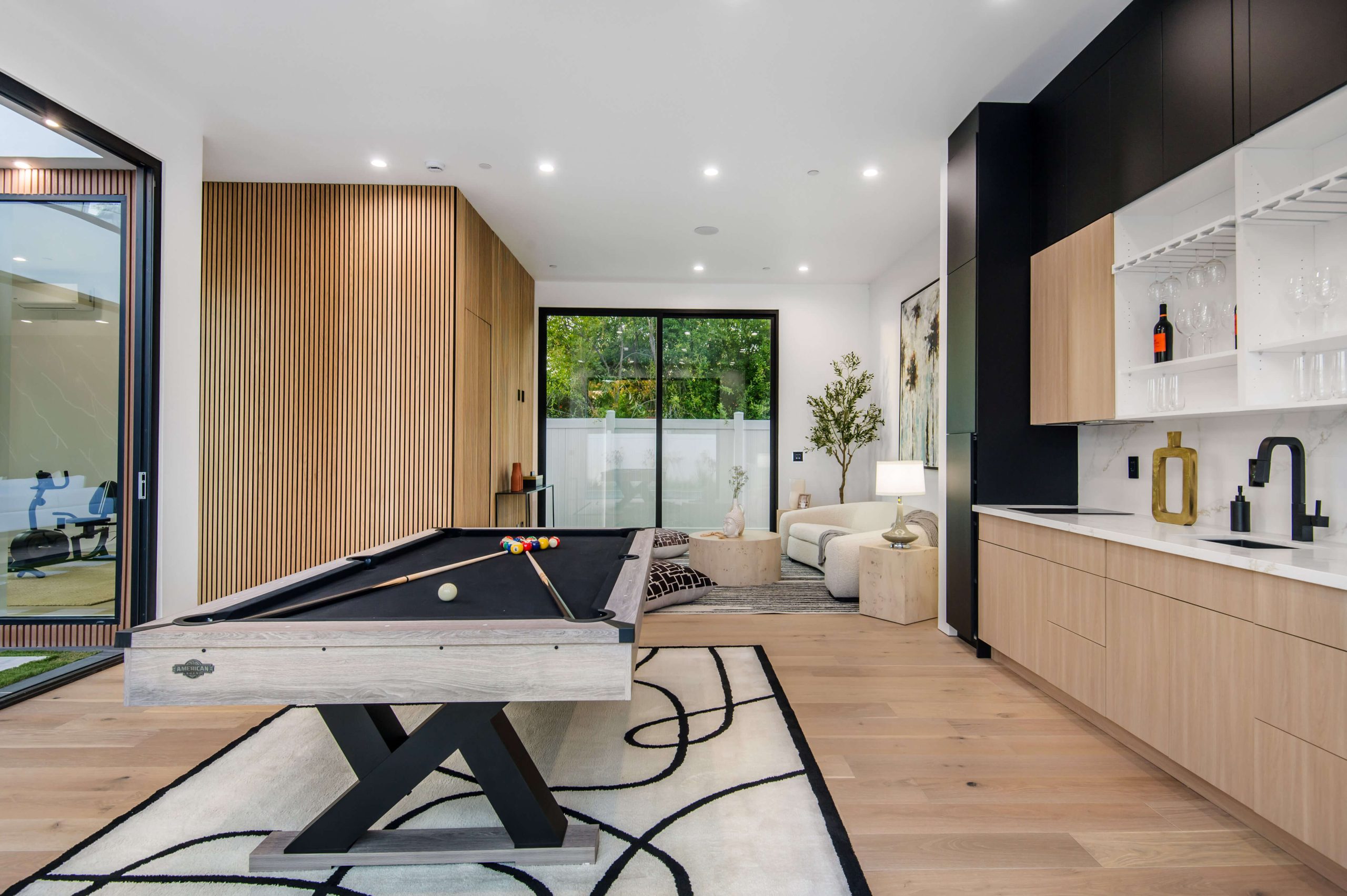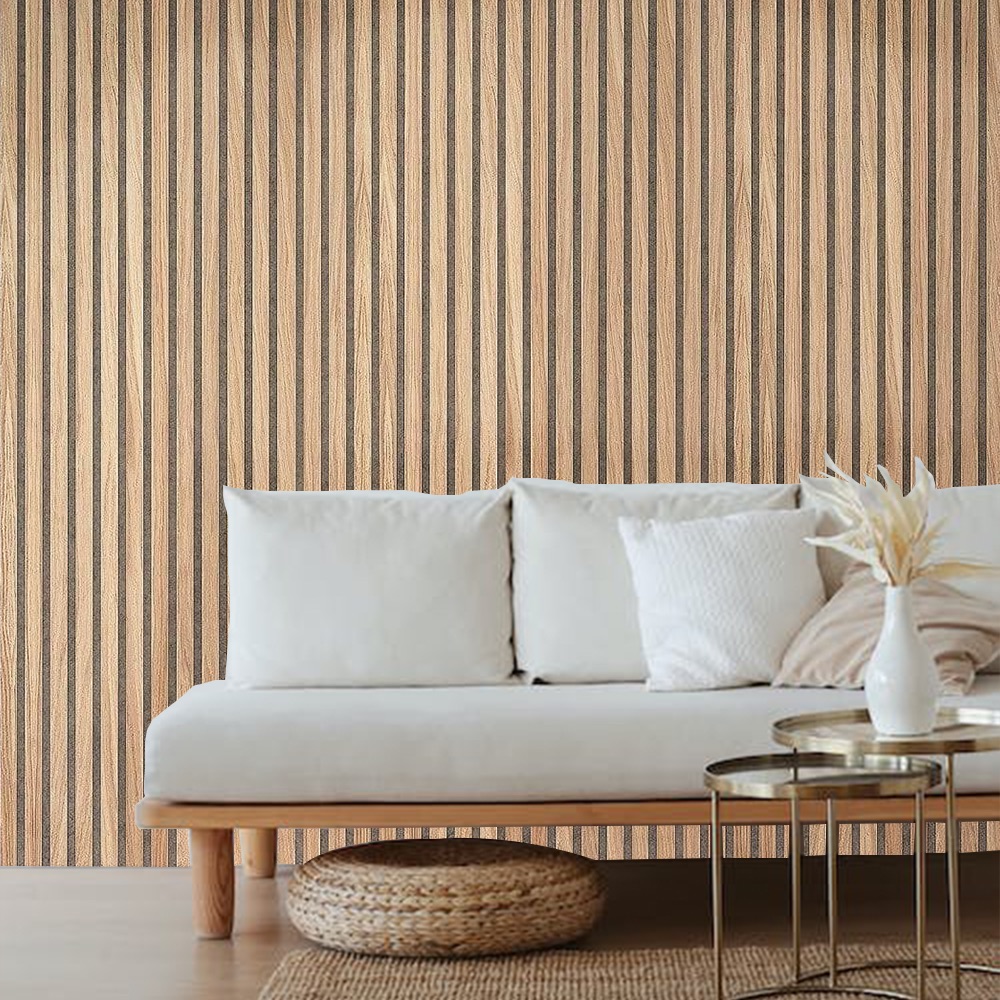When it comes to enhancing the warmth and aesthetic appeal of any space, wood paneling is a timeless choice. Whether you’re a DIY enthusiast looking to spruce up your home or a professional working on a renovation project, understanding the types of wood paneling can help you make the best choice. In this guide, we will explore the three most popular types of wood paneling, focusing on their features, benefits, and ideal uses. Let’s dive into the world of wood paneling to see which type suits your needs best.
1. Shiplap Wood Paneling: A Classic Favorite
Shiplap is one of the most popular types of wood paneling, known for its distinctive horizontal planks that overlap each other. This overlapping design creates a unique shadow line between the planks, adding depth and texture to walls. Shiplap is commonly used in both modern and farmhouse-style homes, providing a clean yet rustic look.
Key Features of Shiplap:
- Ease of Installation: Shiplap panels are relatively easy to install, making them a favorite among DIY enthusiasts.
- Versatile Style: It can be painted or stained to match various interior styles.
- Durability: Shiplap is durable and can withstand temperature and humidity changes, making it suitable for different areas, including bathrooms and kitchens.
Ideal Uses for Shiplap:
- Living rooms to create a cozy, warm ambiance.
- Bathrooms as an accent wall due to its moisture resistance.
- Kitchens for a stylish yet practical backsplash.
| Feature | Description |
|---|---|
| Installation | DIY-friendly with overlapping planks that are easy to align. |
| Design Flexibility | Can be painted or stained to fit modern or rustic aesthetics. |
| Durability | Withstands humidity, suitable for kitchens and bathrooms. |
Shiplap is a versatile choice that suits various home styles, making it a go-to option when considering different types of wood paneling.
2. Beadboard Wood Paneling: Timeless and Textured
Another widely used option among the types of wood paneling is beadboard. Recognizable by its narrow vertical planks, beadboard features a ridge or “bead” between each plank. This paneling type adds a refined, traditional look to any room, often evoking a sense of classic charm.
Key Features of Beadboard:
- Elegant Texture: The beaded design provides a sophisticated texture that adds depth to walls.
- Moisture Resistance: Ideal for areas with higher humidity, such as bathrooms.
- Easy Maintenance: Its smooth surface allows for easy cleaning and upkeep.
Ideal Uses for Beadboard:
- Hallways: Adds a vintage touch and prevents scuff marks on walls.
- Bathrooms: A popular choice for wainscoting, protecting lower walls from moisture.
- Mudrooms: Offers a clean, durable surface that is easy to wipe down.
| Application | Example Use |
|---|---|
| Bathroom | Moisture-resistant, suitable for wainscoting. |
| Hallway | Adds elegance and protects walls from damage. |
| Mudroom | Easy-to-clean, ideal for high-traffic areas. |
Beadboard’s classic look and practical benefits make it a top contender when exploring different types of wood paneling, especially for those seeking a blend of style and functionality.
3. Board and Batten: Modern Meets Rustic
Board and batten is another popular choice among the types of wood paneling, offering a blend of modern and rustic aesthetics. This style involves installing wide wooden boards vertically, with narrower strips (battens) covering the seams. It creates a dynamic, three-dimensional look that can enhance both interior and exterior walls.
Key Features of Board and Batten:
- Distinct Visual Appeal: The combination of wide boards and narrow battens creates a striking visual contrast.
- Customizable Height: The panels can be installed at various heights, allowing for full walls or partial accent walls.
- Enhanced Insulation: The added layer of battens can improve insulation, making it suitable for cooler climates.
Ideal Uses for Board and Batten:
- Exterior Walls: Provides a stylish, durable finish that withstands weather changes.
- Bedrooms: As an accent wall behind a bed, it adds depth and character.
- Living Areas: Creates a statement wall that draws attention and complements modern décor.
| Benefit | Description |
|---|---|
| Insulation | Battens add an extra layer, improving thermal efficiency. |
| Design Impact | Creates a bold, three-dimensional look for interior spaces. |
| Versatility | Works well indoors and outdoors, offering a modern twist. |
Board and batten offer a unique look that appeals to homeowners wanting to merge contemporary and traditional styles, making it one of the top choices in the types of wood paneling.
How to Choose the Right Type of Wood Paneling for Your Space
Choosing among the different types of wood paneling depends on several factors. Here’s a quick guide to help you decide:
- Consider the Room’s Style: For a modern or minimalist space, board and batten might be the best choice. For a more traditional or country-style room, shiplap or beadboard could be ideal.
- Evaluate Installation Difficulty: If you’re tackling a DIY project, shiplap and beadboard are typically easier to handle compared to board and batten.
- Factor in Maintenance Needs: Beadboard and shiplap are easier to clean, making them suitable for high-traffic areas like kitchens and bathrooms.
| Type of Wood Paneling | Best for Style | Installation Ease | Maintenance Level |
|---|---|---|---|
| Shiplap | Modern, Rustic | Easy | Moderate |
| Beadboard | Classic, Vintage | Easy | Easy |
| Board and Batten | Modern, Rustic | Moderate | Moderate |
FAQs
1. What is the difference between shiplap and beadboard?
Shiplap features horizontal planks that overlap, while beadboard consists of narrow vertical planks with a beaded ridge. Shiplap offers a more modern look, while beadboard is more traditional.
2. Can I use wood paneling in a bathroom?
Yes, certain types of wood paneling like beadboard and shiplap are moisture-resistant, making them suitable for bathrooms, especially when properly sealed.
3. How do I maintain wood paneling?
Regular dusting and occasional cleaning with a damp cloth are usually enough to maintain wood paneling. For painted panels, touch-ups may be needed to keep them looking fresh.
4. Is board and batten suitable for exterior use?
Yes, board and batten is often used for exterior walls due to its durability and enhanced insulation properties, making it a great choice for outdoor aesthetics.
5. Which type of wood paneling is easiest for a DIY project?
Shiplap is generally considered the easiest to install for DIYers due to its simple overlapping design and minimal need for specialized tools.
Conclusion: Transform Your Space with the Right Wood Paneling
Choosing the right types of wood paneling can dramatically change the look and feel of any room. Whether you prefer the rustic charm of shiplap, the traditional appeal of beadboard, or the striking style of board and batten, each option offers unique benefits. By understanding these popular choices, you can make an informed decision and create a space that truly feels like home.



